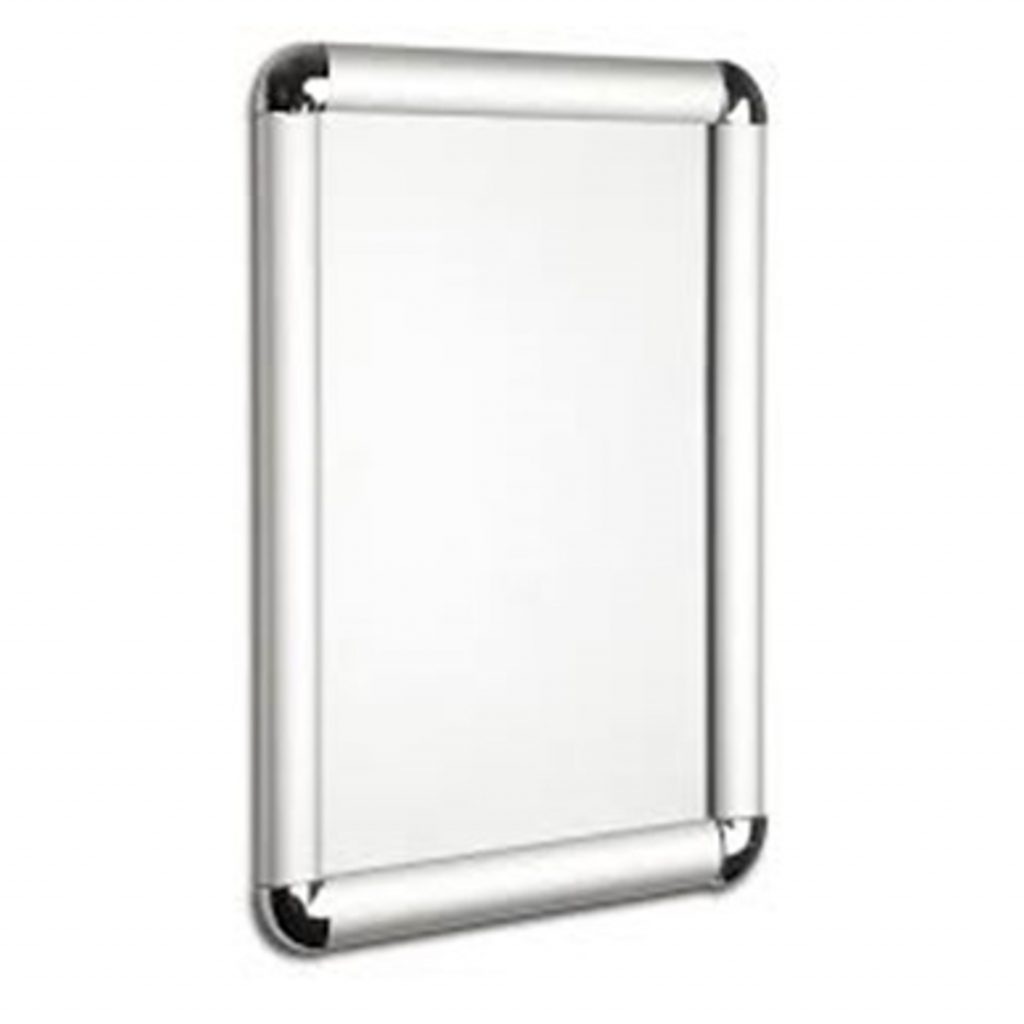There are various plastic fabrication approaches to pick from, and you will find broad ranges associated with flexibility of form, setup costs, costs for each component, finish time, plus the scale of production the technique allows. Popular techniques include CNC (computer numerical control) machining and vacuum formation, each of which accommodate alternative design and style and production needs. CNC, for example, provides a moderate degree of flexibility when it comes to the form, a finish period of less than a day, a moderate setup cost, expensive individual components, and accommodates massive scale manufacturing. Vacuum formation, however, provides a very restricted flexibility of shape, only suitable for developing simple forms, and can have a completion period of up to a month. Additionally, as there is a vast scale of CNC machines, ranging from simple desktop machines, to far more advanced machines, the setup price varies from very low to high, and the cost per part and the finish time are highly diverse, and dependent on the sophistication of the equipment.
Introduction To CNC Machining
CNC machining is a computer operated subtractive approach, that removes material from plastic in order to generate the desired shape. The computer is high-tech, with the ability to transform a design into figures using a computer assisted design software system. The numbers are then able to control the equipment to cut the necessary form. To setup, the pieces of equipment need an intermediate stage in the development and validation of tool paths. Once the machine is provided with the tool paths, the subtractive procedure is launched. When the assembly is complete, the component part is washed, smoothed, and trimmed. In case you are looking at further information pertaining to snap frame a0 this specific web site www.display-warehouse.co.uk contains countless more posts in reference to snap fit frames.
For lower quantity plastic component part requests that need tight tolerances and forms which are difficult to mould, machining is suitable. CNC machining also offers low to medium initial expenses, and can also turn out top quality plastic pieces with limited finishing times. Nonetheless, with an increase of product sophistication, the cost per element increases. On top of that, this process necessities tool access allowances, and particular shapes, for instance those with curved inner channels, are near-impossible to form with CNC manufacturing.
Vacuum Formation
Vacuum formation is a method during which plastic material is heated and moulded, usually working with a mould. The size and complexity of vacuum-forming machines cover anything from cheap desktop technology to sophisticated production equipment.
It is usually well suited for any venture, from tailor-made designs to large-scale manufacturing, taking into consideration the large range of machinery available and that automation is undoubtedly an option if required. Having said that, there’s minimum flexibility in the different kinds of design it can create, and is unfortunately only able to generate pieces with simple geometries. When compared with other techniques, tooling prices are minimal, simply because vacuum formation only requires minimal forces and pressures. Ordinarily, for smaller manufacturing sizes the moulds are constructed with 3D printed resin, or even plaster, and then for larger production sizes more robust equipment made from metal is used.
The development method starts off with a sheet of plastic material being clamped and warmed so that the plastic becomes mouldable. The plastic is then put into the mould and chilled, and often fans and also other cooling strategies are implemented in an effort to accelerate the chilling process. The ultimate stage entails any surplus plastic being taken off.

